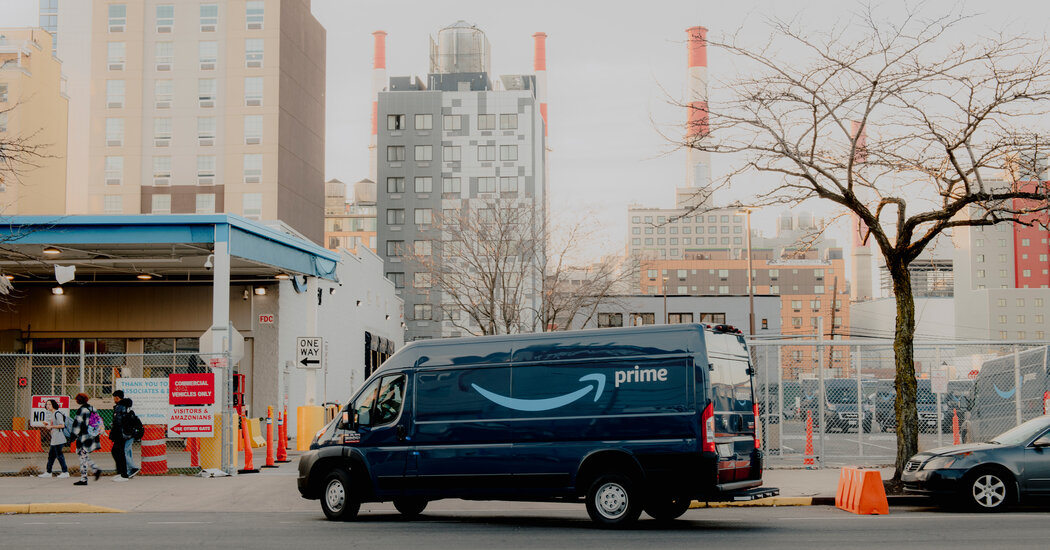Facing rising costs, Amazon said Wednesday it is adding its first “fuel and inflation surcharge” to the fees it charges merchants whose inventory it stores and delivers to customers, according to an announcement on its website.
The surcharge, which amounts to an average of 5 percent of the current fulfillment costs, will take effect on April 28.
In an email to salespeople, the company said that as costs had risen, including higher workers’ wages and the construction of more warehouses, it “absorbed them where possible to reduce the impact on our sales partners”, but that it had not foreseen the current increase in costs.
Federal data released Tuesday showed inflation reached 8.5 percent in March, the fastest pace in 12 months since 1981. Gasoline was 48 percent higher than a year earlier.
Amazon had announced rate hikes in November that would take effect in January. Wednesday it told sellers that wasn’t enough.
“In 2022, we expected a return to normalcy as Covid-19 restrictions eased around the world, but fuel and inflation have presented further challenges,” the company told the sellers.
The company called a fuel surcharge a “mechanism widely used by supply chain suppliers.” FedEx and UPS have both linked fuel surcharges to fuel cost indices.
Most items that Amazon customers purchase are sold by third-party sellers, who pay Amazon a referral fee for each sale and an additional fulfillment fee if they use Amazon’s storage and delivery services. While sellers don’t have to use Amazon’s fulfillment services, it’s the primary way that the products qualify for a Prime label, which promises fast shipping to customers and is a key driver of sales.
Sellers paid Amazon $103 billion in fees last year, about 22 percent of the company’s revenue.
Bloomberg News reported the surcharge earlier on Wednesday, ahead of its announcement.

